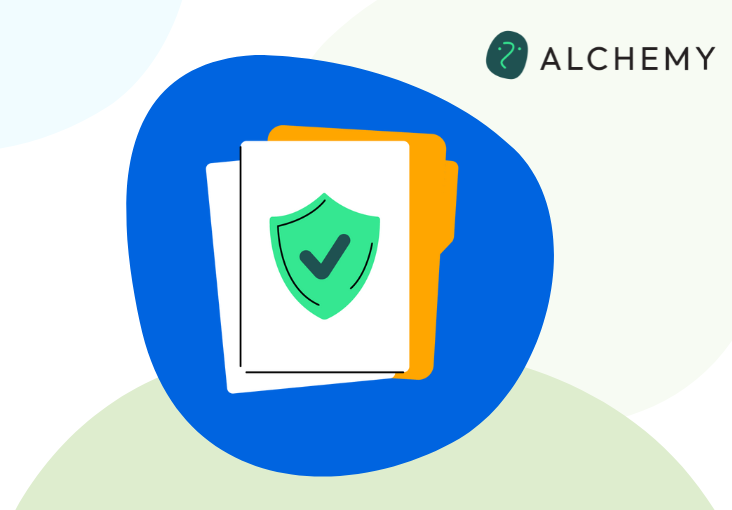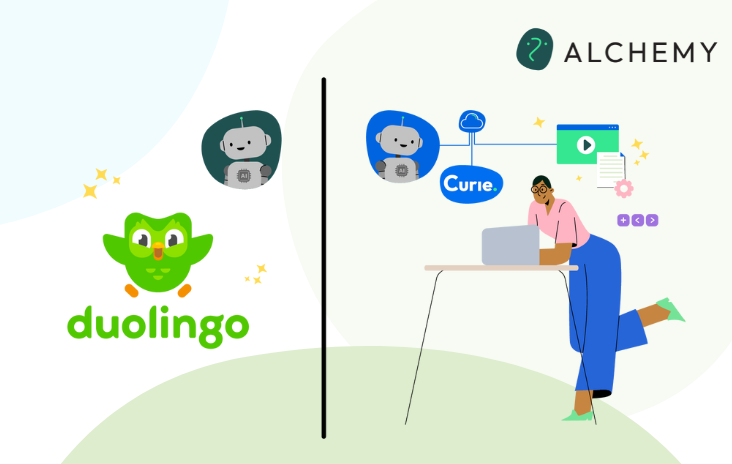Article
Course AI Policy Considerations

As of Fall 2023, most higher education institutions in the U.S. lack comprehensive policies or even clear guidelines for artificial intelligence (AI) use in teaching and learning. Until clear guidance is provided through policy, examples, and support, instructors are left to determine what is most appropriate. This creates a situation where instructors and students must go it alone and there is an increased risk of misunderstandings or misuse, potentially with serious consequences. This blog post delves into the essential considerations and steps that instructors and educational institutions should take to formulate AI policies within courses. . . . . . . . . . . . . . . . . . . . . . . . . . . . . . . . . . . . . . . . . . . . . . . . .
Steps to Take Before Creating a Course Policy
Understand the AI Landscape
It is highly advisable that instructors become familiar with generative AI (GenAI) tools, such as ChatGPT. There are many free online ChatGPT training modules that can be completed in just a few hours that will enable a foundational understanding of the basics behind AI technology and its applications. This learning process should also include some hands-on exploration of GenAI tools and familiarity with practical use cases. We have created an array of ChatGPT prompts to accelerate learning, which may be valuable in this exploration. . . . . . . . . . . . . . . . . . . . . . . . . . . . . . . . . . . . . . . . . . . . . . . . . .. . . . . . . . . . . . . . . . . . . . . . . . . . . . . . . . . . . . . . . . . . . . .
Seek Guidance and Support
Most institutions are making efforts to come to terms with GenAI as an element that is not only here to stay, but will also become more prominently positioned in the near future. Campus centers for teaching and learning can serve as valuable sources of guidance for instructors. This can best be informed by a dialog around the course syllabus, particularly the learning outcomes and related assessments. In addition, collaborating with department colleagues who have delved into GenAI can offer valuable insights into their discoveries or approaches to GenAI for teaching and learning. . . . . . . . . . . . . . . . . . . . . . . . . . . . . . . . . . . . . . . . . . . . . . . . . . . . . . . . . . . . . . . . . . . . . . .
Analyze Existing Assignments
To set the foundation for successful AI integration, instructors should critically analyze their existing assignments to determine elements where students may be likely to use GenAI tools. Reflect on whether this precludes them from authentically meeting desired learning outcomes or whether an intentional, documented, and justified use of GenAI can actually be a valid part of meeting outcomes. For example, if a course learning outcome includes “research, critically analyze, and report on” then GenAI can be a source in that process. However, there may be learning outcomes where students are asked to rely on their own original thought or must demonstrate their own proficiency, rendering reliance on GenAI as much less appropriate. . . . . . . . . . . . . . . . . . . . . . . . . . . . . . . . . . . . . . . . . . . . . . . . . . . . . . . . . . . . . . . . . . . . . . . . . . . . . . . . . . . . . . . . . . . . . . . . . . . . . . . . . . . . . . . . . . . . . . . . . . . . . . . . . . . . . . . . . . . . . .
Choose an AI Policy Stance
Based on the discovery process, educators should consider what the best course policy approach may be. The first step should be understanding the institution’s existing policy on AI and how that might influence course-level policy. In the absence of a campus blanket policy, most instructors have developed policies according to one of three approaches:
Prohibit the use of AI writing tools for assignments: Instructors may decide that these tools are incompatible with the intended learning outcomes of their course and ban their use entirely. This is likely to be a common policy, for now, until there is a greater understanding of artificial intelligence and the roles it can play in the teaching and learning process. Many who adopt this stance also rely on AI detectors to enforce this rule. However, such detection methods are not considered effective due to false positives and detection biases. In addition, generative AI continues to rapidly advance and accurate detection is near impossible. Therefore, instructors choosing this stance would need to consider assignment modifications to minimize GenAI use.
Generative AI for prescribed use only: With this approach, students may be told to use AI for specific purposes only (e.g., research but not writing), only for special assignments, or only when they ask permission. Students would need to cite which generative AI tools they used and describe how. This stance acknowledges the reality that GenAI is not going away and can actually be an appropriate tool for learning, with careful consideration. Some policies of this stance may include limiting the percentage of GenAI-generated content that may be part of a respective assignment submission.
Broad Generative AI use with proper attribution: Instructors may choose to allow the free use of AI tools in any assignment, provided students cite which tool(s) they used, when they used them, and how they used them. For example, they may be asked to include the prompting and logic used to arrive at their initial product, the critical analysis they performed to check for accuracy, and how they created personalized meaning to show what they learned related to the course topic or respective learning outcome at hand. . . . . . . . . . . . . . . . . . . . . . . . . . . . . . . . . . . . . . . . . . . . . . . . . . . . . . . . . . . . . . . . . . . . . . . . . . . . . . . . . . . . . . . . . . . . . . . . . . . . . . . . . . . . . . . .
Foster Transparency and Integrity
Regardless of the chosen policy stance, it should be made clear to students that presenting generative AI output as their own constitutes academic dishonesty, or even plagiarism. This element of the course AI policy statement should link to the campus Academic Dishonesty policy.
In addition to making the policy prominently available to students through the syllabus or Learning Management System, it is highly advisable to have an ongoing dialog with students given this new territory. This can be done during live teaching sessions or through weekly module introduction videos if teaching asynchronous courses. . . . . . . . . . . . . . . . . . . . . . . . . . . . . . . . . . . . . . . . . . . . . . . . . . . . . . . . . . . . . . . . . . . . . . . . . . . . . . . . . . . . . . . . . . . . . . .
Conclusion
As AI technology continues to shape the education landscape, establishing clear and well-considered policies becomes imperative. Instructors should embark on a journey of understanding GenAI, seek guidance from teaching centers, analyze their existing assignments, choose a policy stance, and engage in open dialog with students. By striking a balance between technology integration and academic integrity, educators can empower students to embrace AI tools responsibly and effectively.
For further exploration, we invite you to watch the live recording of our recent webinar, “Shaping the Future: Policy Considerations for AI in Higher Education Institutions,” where experts discussed AI’s impact on education and the policies that guide it.


